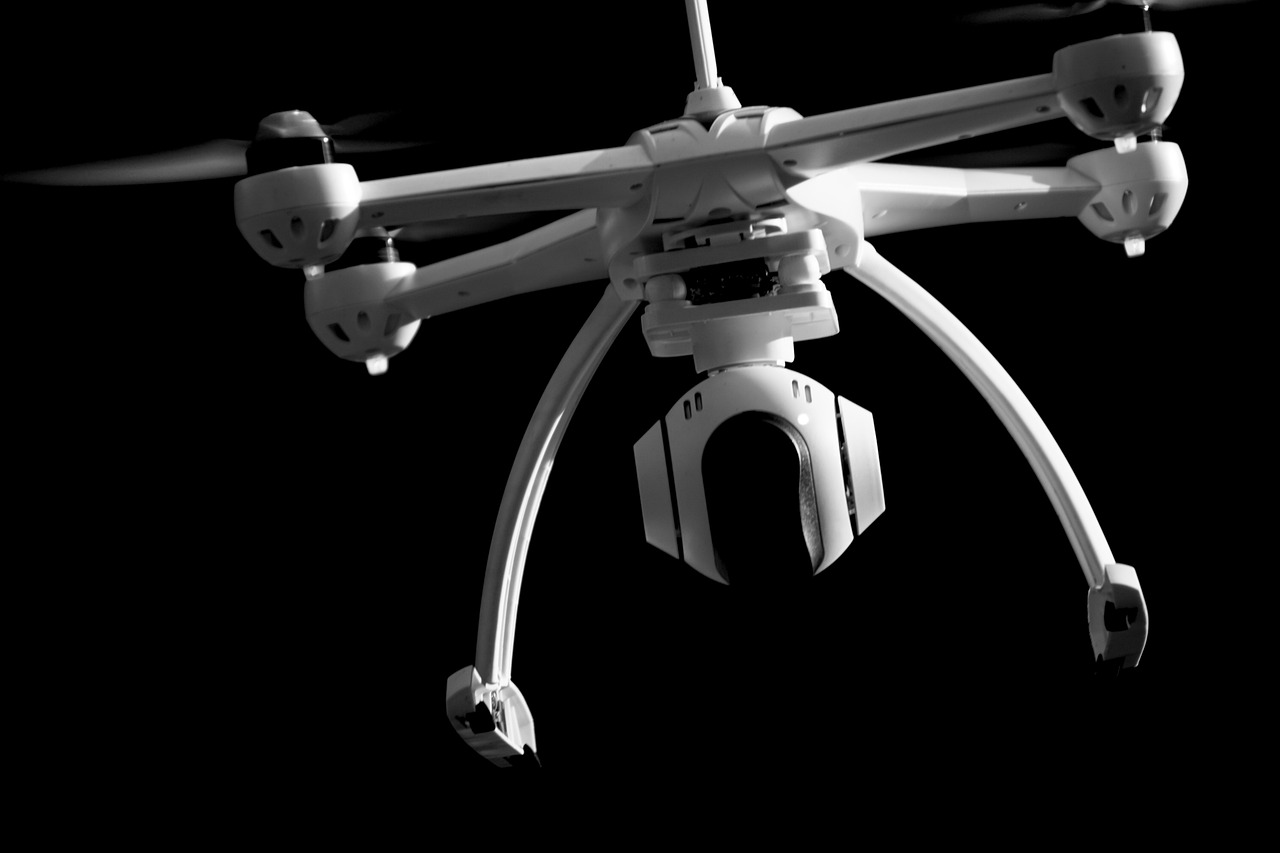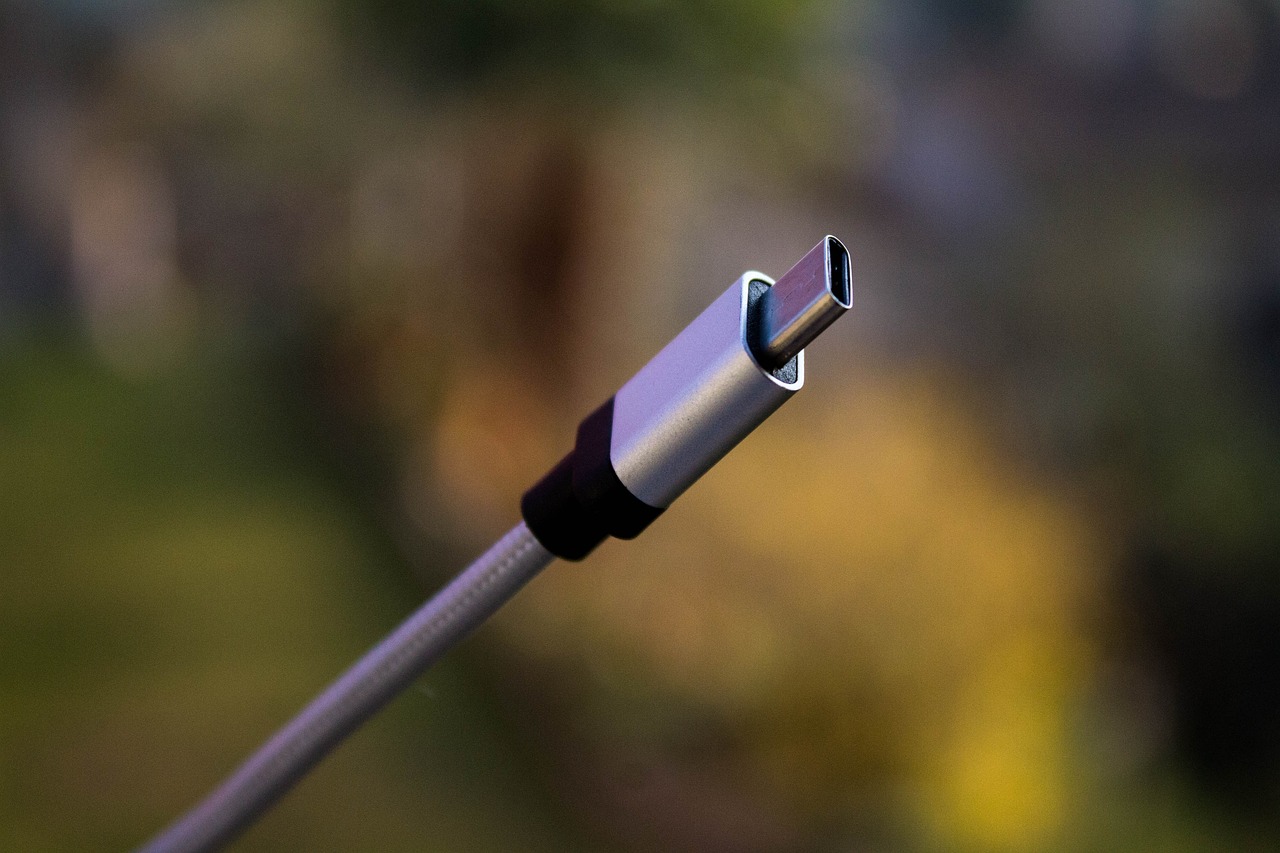Title: Fire-resistant Outdoor Communication Cable Specifications
The fire-resistant outdoor communication cable specifications are designed to ensure the integrity and performance of communication cables in harsh environmental conditions, particularly in cases where cables are exposed to fire or heat sources. These specifications detail the materials, construction, and testing methods for cables that are designed to withstand temperatures up to 900 degrees Celsius (1652 degrees Fahrenheit) for a specified period of time, typically at least 30 minutes.The materials used in these cables are typically high-performance polymers and alloys that are resistant to heat and flames. The construction of the cables includes multiple layers of insulation and sheathing to protect the internal wires from heat and flames. The testing methods involve exposure to high temperatures and flames for a specified period of time, followed by evaluation of the performance of the cables.These fire-resistant outdoor communication cable specifications are essential for ensuring the reliability and safety of communication systems in high-risk environments. They provide a standardized way to evaluate and compare the performance of different cables in these conditions, making it easy to choose the most suitable cable for a particular application.
Fire-resistant outdoor communication cables are specially designed to meet the demanding requirements of modern firefighting and emergency communication systems. These cables are used in a variety of outdoor applications, including firefighting, police, and military operations, where reliable and fast communication is crucial. In this article, we will explore the specifications and features of fire-resistant outdoor communication cables, helping you to choose the right cable for your needs.
1、Cable Construction

Fire-resistant outdoor communication cables are typically constructed from a combination of metal and dielectric materials to provide both mechanical strength and electrical insulation. The metal components, such as copper or aluminum conductors, are responsible for carrying the electrical signals, while the dielectric materials, such as polyethylene or fluorinated ethylene propylene (FEP), provide the necessary insulation and protection against environmental factors like moisture and sunlight.
2、Cable Sheathing
The sheathing of a fire-resistant outdoor communication cable is crucial for protecting the cable against mechanical damage and environmental degradation. The sheathing material should be durable, flexible, and resistant to moisture, sunlight, and other environmental factors. Common sheathing materials used in these cables include PVC (polyvinyl chloride), PFA (perfluoroalkoxy), and silicone-based materials.
3、Cable Connectors
Connectors are used to terminate the cable and provide a means of connecting to other cables or devices. They should be designed to withstand the rigors of outdoor use, such as moisture, sunlight, and mechanical stress. Common connector types used in these cables include twist-on connectors, compression connectors, and bayonet connectors.
4、Cable Lengths
Fire-resistant outdoor communication cables are available in a range of lengths to meet different application needs. Longer cables provide more flexibility and mobility but may also increase the risk of mechanical damage or environmental degradation. Shorter cables are more susceptible to these risks but may be necessary for specific applications where space or weight are limited.

5、Cable Performance Parameters
When selecting a fire-resistant outdoor communication cable, it is important to consider its performance parameters. These parameters include resistance, capacitance, inductance, and attenuation. Resistance refers to the resistance of the metal conductors to electrical current; capacitance refers to the ability of the dielectric materials to store electrical charge; inductance refers to the ability of the cable to oppose a change in current; and attenuation refers to the loss of signal strength over distance. These parameters affect the reliability and performance of the communication system.
6、Cable Selection Considerations
When selecting a fire-resistant outdoor communication cable for a specific application, it is important to consider several factors such as cost, performance, reliability, and environmental impact. Cost is often a key consideration as these cables can vary significantly in price depending on their construction materials and performance specifications. Performance and reliability are crucial for ensuring that the communication system operates as intended without interruption or failure. Environmental impact is also important as these cables are often left outdoors for long periods of time and can contribute to environmental degradation if not properly managed at the end of their useful life.
In conclusion, fire-resistant outdoor communication cables play a crucial role in modern firefighting and emergency communication systems. They provide a reliable and fast means of communication that can withstand the rigors of outdoor use while meeting the demanding requirements of these systems. By considering the construction materials, sheathing materials, connectors, lengths, performance parameters, and environmental impact when selecting a cable for a specific application you can ensure that your communication system is both effective and sustainable over time.
Articles related to the knowledge points of this article:
Title: Communication Cable Laying: Process, Challenges and Safety Measures
Title: Communication Obstacle Cable Models
Title: Types of Mobile Communication Cables
Title: Understanding the Prices of Jiangxi Communication Cable Recycling
Import Serial Port Communication Cable Wholesale
Title: Digital Communication Cable Inspection in Zaozhuang: A Comprehensive Analysis